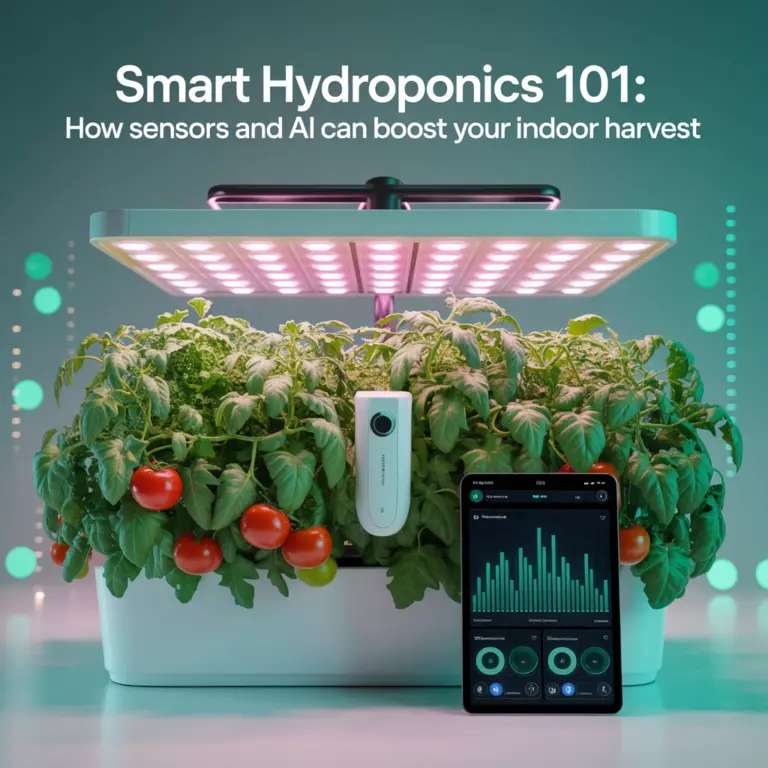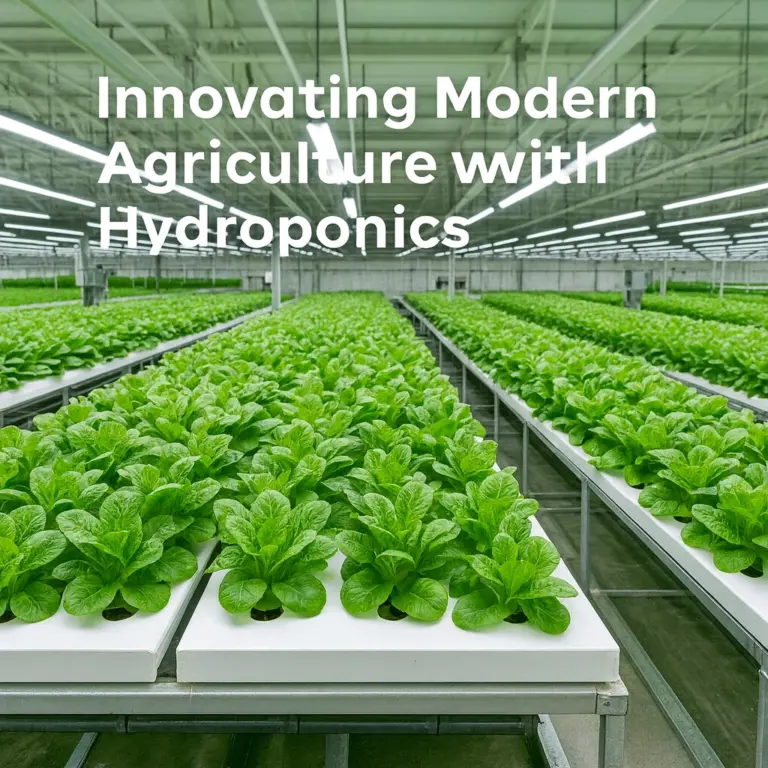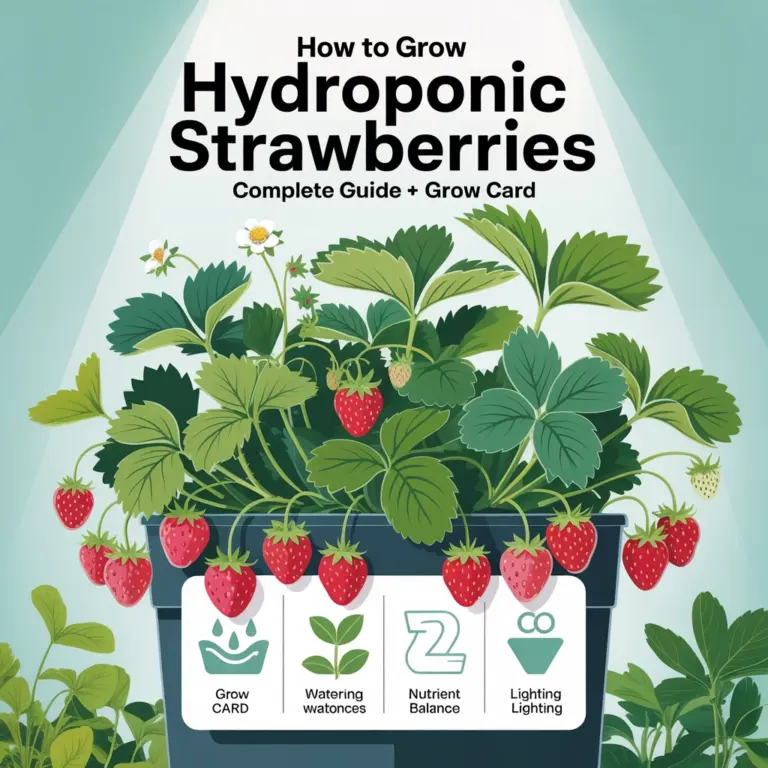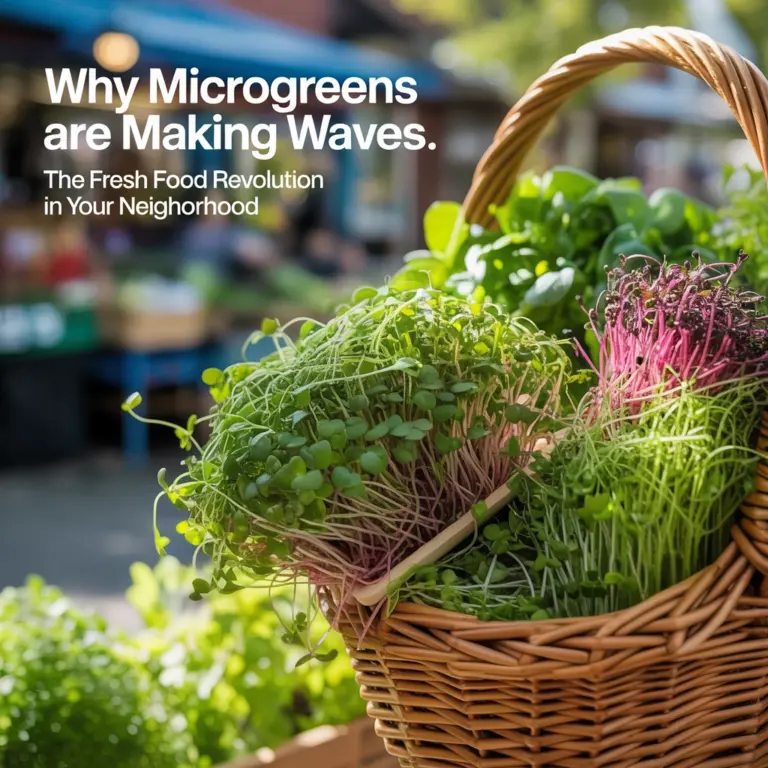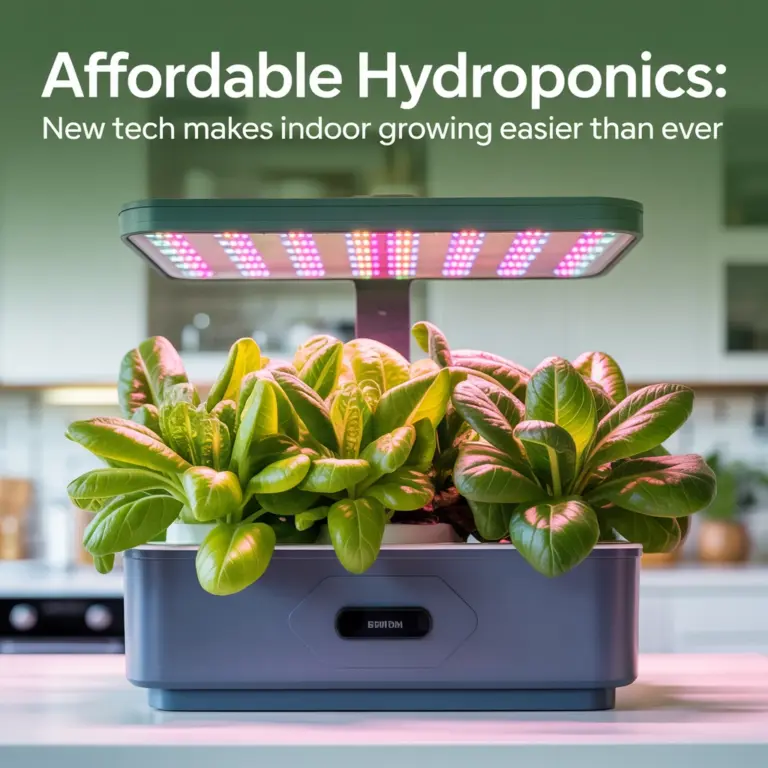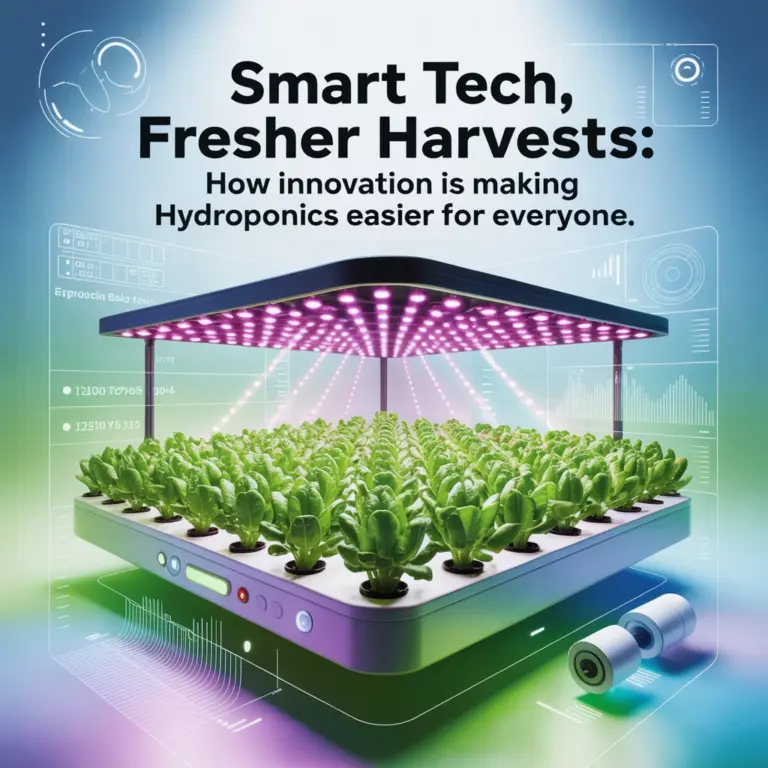Going Vertical: How Indoor Farming Is Revolutionizing Local Food in Cities
Urban life is changing fast, and so is the way we get our food. Across the world’s largest cities, indoor vertical farming is stepping up as a futuristic answer for fresh, local produce – even in the heart of urban jungles. Instead of fields stretching out across acres of land, imagine leafy greens, fragrant basil, and juicy strawberries stacked neatly in layers up a warehouse wall. Let’s dig into why vertical farming is more than a trend and how it’s rewriting the rules for local food in cities.
Space Efficiency and Urban Ingenuity
Space is a premium commodity in any city. Traditional farms require land most cities simply don’t have. Vertical farms flip the script by going up, rather than out. By stacking growing beds or towers, city farmers can harvest up to 390 times more food per square foot than outdoor fields while squeezing into unused places—a vacant warehouse, a rooftop, or even the corner of a shopping mall.
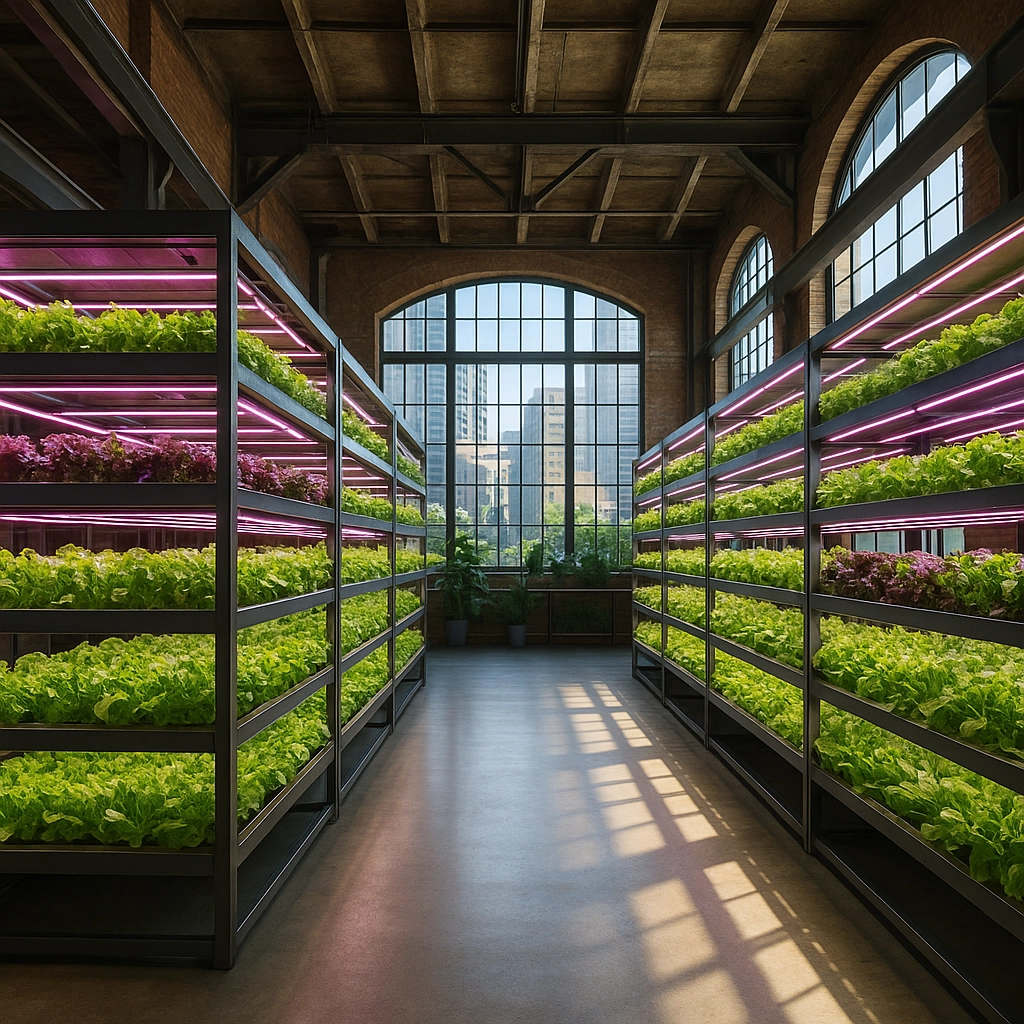
This innovation means almost any urban nook can become a flourishing farm. Creative city planners now build farms inside old factories or integrate them into new apartment and office blocks. In places like Singapore, New York, and Beijing, vertical farms are popping up in shopping centers and skyscrapers, making hyper-local produce available mere minutes from where it will be eaten.
Environmental Benefits and Sustainability
Growing food in the middle of a city does wonders for the planet. For starters, fewer food miles means dramatically reduced emissions and energy consumption from transportation and refrigeration. Crops grown in vertical farms are harvested and head straight to local markets or restaurants.
Controlled indoor environments also cut the need for chemical pesticides and fertilizers. By sealing out pests and diseases, vertical farms deliver cleaner, healthier food. With precise hydroponic or aeroponic systems, plants receive exactly what they need, wasting little water—sometimes using up to 95% less than traditional agriculture.
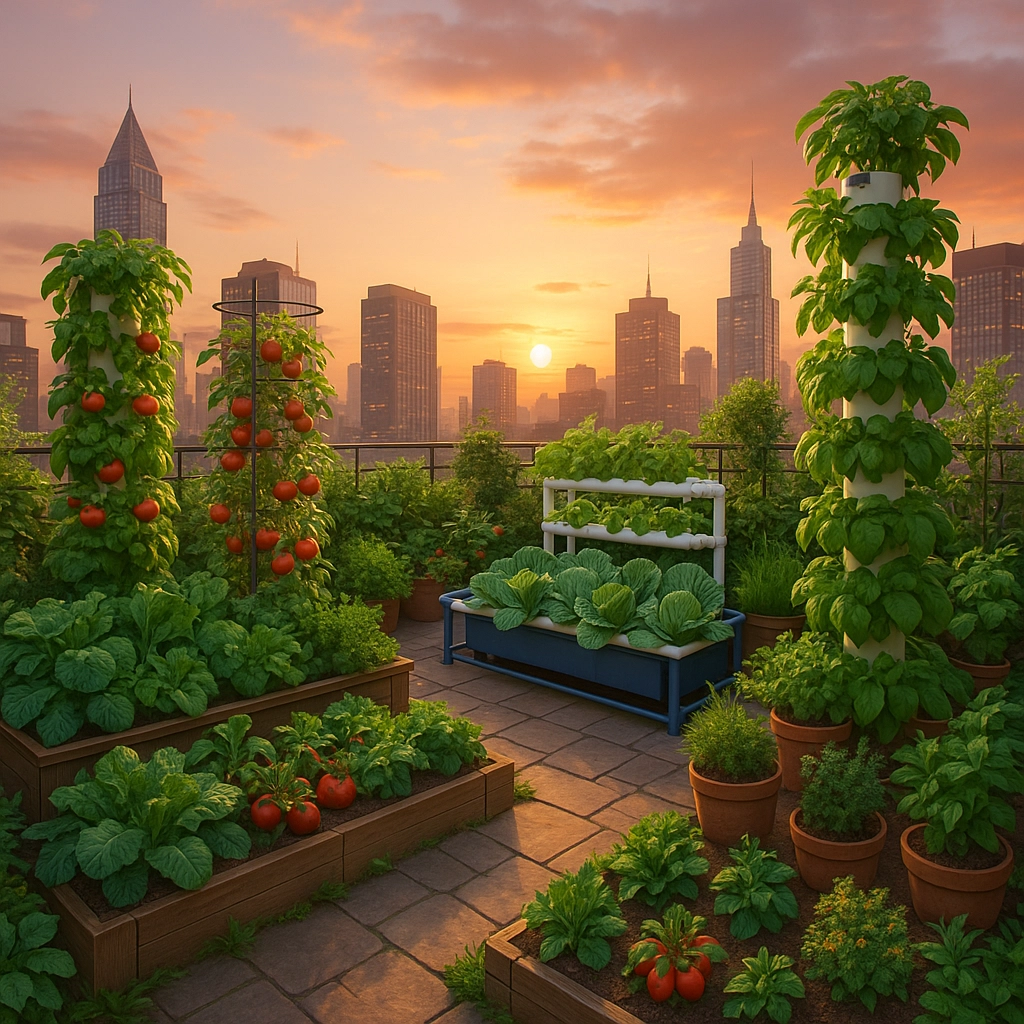
Another plus? Since these farms are climate neutral, they’re not affected by drought, floods, or extreme weather, offering a far more sustainable and stable food supply.
Boosting Food Security and Freshness
Cities have long struggled with “food deserts” where fresh produce is tough to find. Vertical farms help solve this. By bringing the farm closer, produce can be harvested ripe and delivered the same day—meaning better taste and more nutrients.
Because these systems operate year-round and aren’t dependent on sunlight, seasons, or the weather, they bring reliability to urban food supplies. Specialty crops—arugula, microgreens, even strawberries—can be grown indoors, providing cities with much more variety and nutrition right on their doorstep.
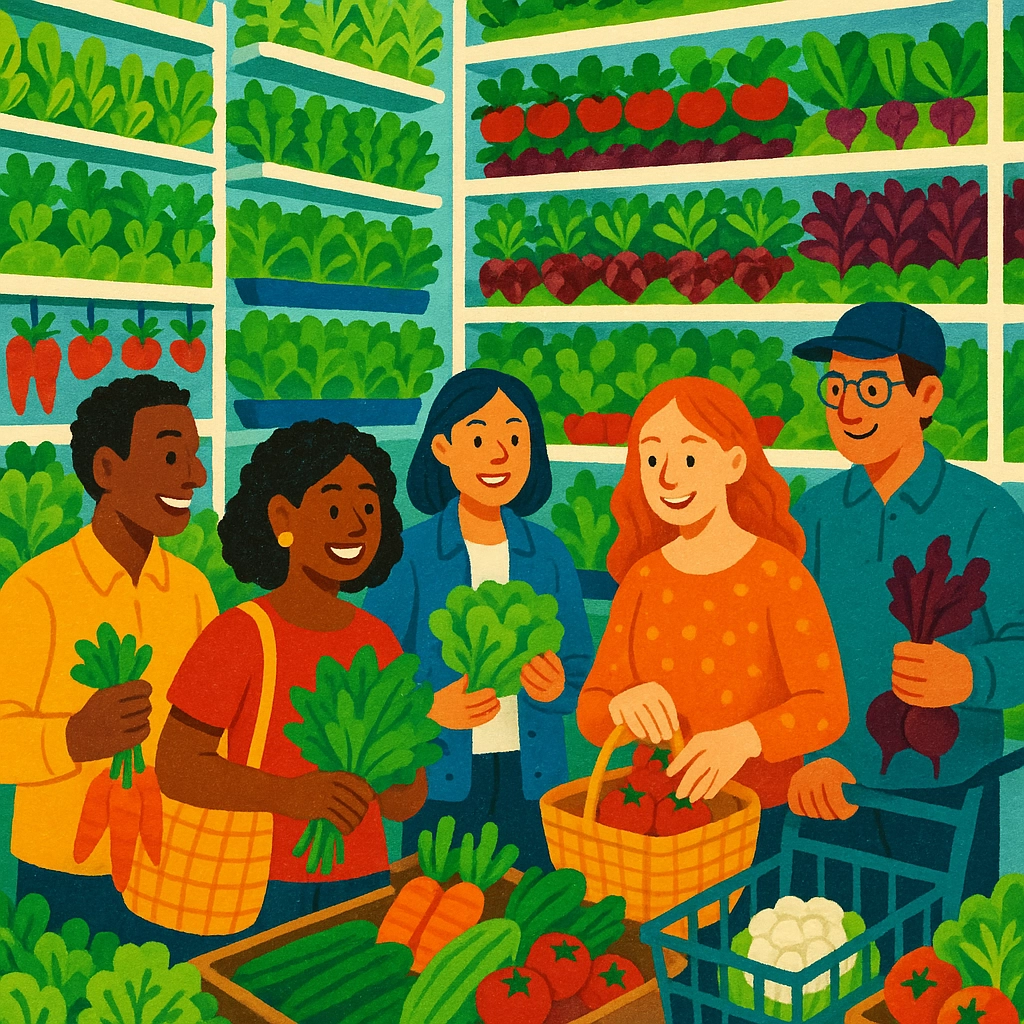
And as climate change throws unpredictable punches, having resilient indoor farms means cities are less likely to face crop shortages or price spikes when outdoor harvests struggle.
The Tech Powering Urban Agriculture
High-tech is at the core of every successful vertical farm. Stacks of crops grow under tunes of LED lights that mimic optimal sunlight conditions. Climate controls keep temperature and humidity ideal at all times, while automated sensors track every nutrient and drop of water.
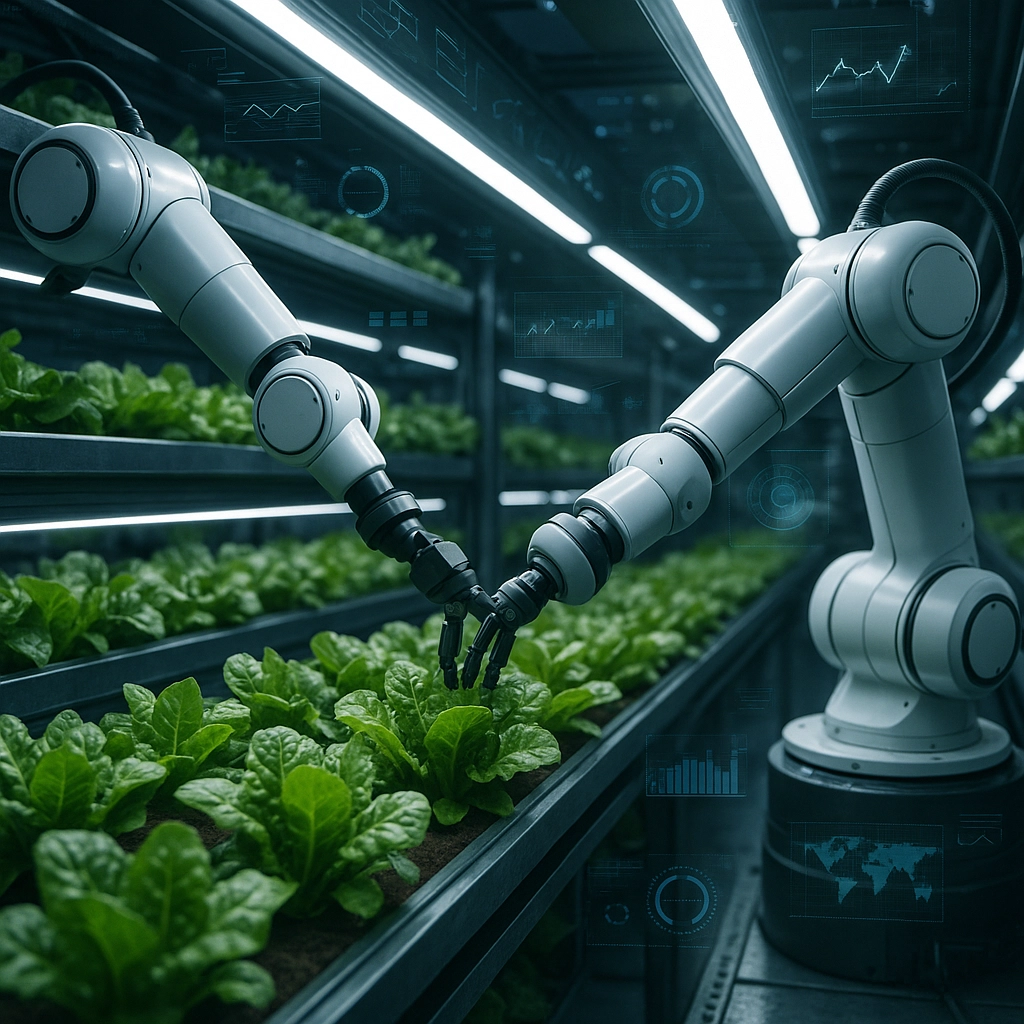
AI monitors plant health, fine-tunes irrigation, and can even predict when it’s harvest time, slashing labor and operational costs. Some farms even use renewable energy—solar panels or wind turbines—to run their systems, making them even greener. As the tech improves, growing more complicated crops indoors becomes not just possible, but profitable.
Economic Wins and Urban Community
Bringing farms into the city does more than just provide food—it sparks economic growth. Local jobs spring up for everything from farm hands to engineers and marketers. Abandoned spaces come alive as indoor farms, boosting real estate values and revitalizing neighborhoods.
Urban agriculture can also become an educational resource. Community vertical farms are popping up in schools and rec centers, teaching kids and adults about sustainability, biology, and tech. Local governments have started seeing indoor farming as a partner in their green and economic initiatives, with new policies supporting startups and community gardens alike.
What’s Next: The Future of Food is Vertical
As city populations soar and climate pressures mount, vertical farming is primed to become a big part of urban living. Planners envision skyscrapers with farms on multiple floors, or mixed-use buildings where your salad is grown below your apartment.
The cost of plant-friendly LED lighting and smart automation is dropping fast, making it easier for more cities—and even individuals—to jump in. Expect to see more exotic produce, custom-grown medicinal plants, or even new flavors bred specifically for vertical farms.
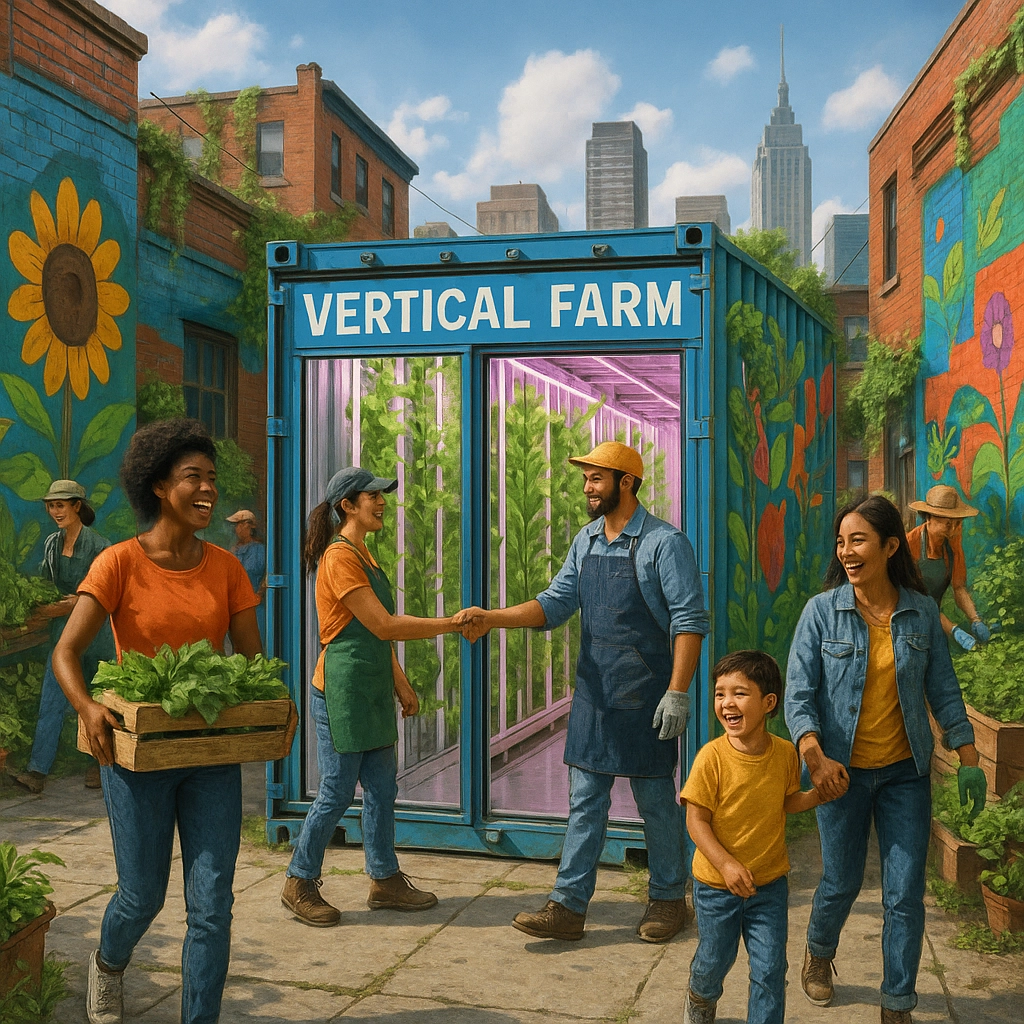
This isn’t just a clever way to grow lettuce: vertical farming means more food that’s fresher, cleaner, and more sustainable, wherever there’s a little extra room to grow.
